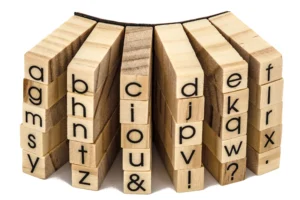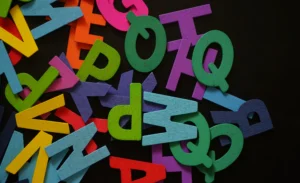
Sans serif fonts have become a cornerstone of modern design, offering clean, minimalist, and versatile typography that suits a wide range of applications. From web design to branding, these fonts are celebrated for their readability and contemporary aesthetic. In this article, we’ll explore the most popular sans serif fonts, their history, characteristics, and how they are used in design today. Whether you’re a designer, marketer, or typography enthusiast, this guide will provide valuable insights into the world of sans serif fonts.
Sans serif fonts are typefaces that do not have the small projecting features called “serifs” at the end of strokes. The term “sans” is derived from the French word meaning “without,” making “sans serif” literally mean “without serifs.” These fonts are known for their clean and modern appearance, making them a popular choice for digital and print media.
Sans serif fonts are often categorized into four main groups:
The origins of sans serif fonts can be traced back to the early 19th century. The first known sans serif typeface, William Caslon IV’s Two Lines English Egyptian, was introduced in 1816. However, it wasn’t until the 20th century that sans serif fonts gained widespread popularity, particularly with the rise of modernist design principles.
Key milestones in the history of sans serif fonts include:
Sans serif fonts have become a staple in design for several reasons:

Here’s a curated list of the most popular sans serif fonts, along with their unique characteristics and applications:
Helvetica is arguably the most iconic sans serif font, known for its neutrality and versatility. Designed in 1957, it has been used in countless branding projects, from corporate logos to public signage.
Arial is a widely used sans serif font that was designed in 1982 as a competitor to Helvetica. It is a staple in Microsoft Office applications and web design.
Futura is a geometric sans serif font designed in 1927. Its clean, geometric shapes make it a favorite for minimalist and modernist designs.
Roboto is a modern sans serif font designed by Google in 2011. It is the default font for Android and is optimized for screen readability.
Open Sans is a humanist sans serif font designed by Steve Matteson in 2011. It is known for its excellent readability and versatility.
Montserrat is a geometric sans serif font inspired by the signage of the Montserrat neighborhood in Buenos Aires. It has gained popularity for its modern and stylish appearance.
Lato is a sans serif font designed by Łukasz Dziedzic in 2010. It combines warmth with professionalism, making it suitable for a wide range of applications.
Proxima Nova is a modern sans serif font designed by Mark Simonson in 2005. It bridges the gap between geometric and humanist sans serif fonts.
Gotham is a geometric sans serif font designed by Tobias Frere-Jones in 2000. It gained fame after being used in Barack Obama’s 2008 presidential campaign.
Inter is a contemporary sans serif font designed by Rasmus Andersson in 2018. It is optimized for user interfaces and digital screens.

Selecting the right sans serif font depends on the context and purpose of your design. Here are some tips to help you make the right choice:
Sans serif fonts are an essential tool in the designer’s toolkit, offering versatility, readability, and a modern aesthetic. From the timeless elegance of Helvetica to the contemporary appeal of Inter, these fonts have shaped the visual landscape of design. By understanding their history, characteristics, and applications, you can make informed decisions about which sans serif font to use in your next project. Whether you’re designing a website, creating a brand identity, or crafting a print publication, the right sans serif font can elevate your work and leave a lasting impression.
Q: What is the difference between serif and sans serif fonts?
A: Serif fonts have small projecting features called serifs at the end of strokes, while sans serif fonts do not. Sans serif fonts are generally considered more modern and clean, while serif fonts are often associated with tradition and formality.
Q: Are sans serif fonts better for web design?
A: Sans serif fonts are often preferred for web design due to their readability on screens. However, the choice depends on the design context and audience preferences.
Q: Can I use multiple sans serif fonts in one design?
A: Yes, but it’s important to ensure that the fonts complement each other. Pairing a geometric sans serif with a humanist sans serif can create a balanced and visually appealing design.
Q: What is the most versatile sans serif font?
A: Helvetica is often considered the most versatile sans serif font due to its neutrality and wide range of applications.